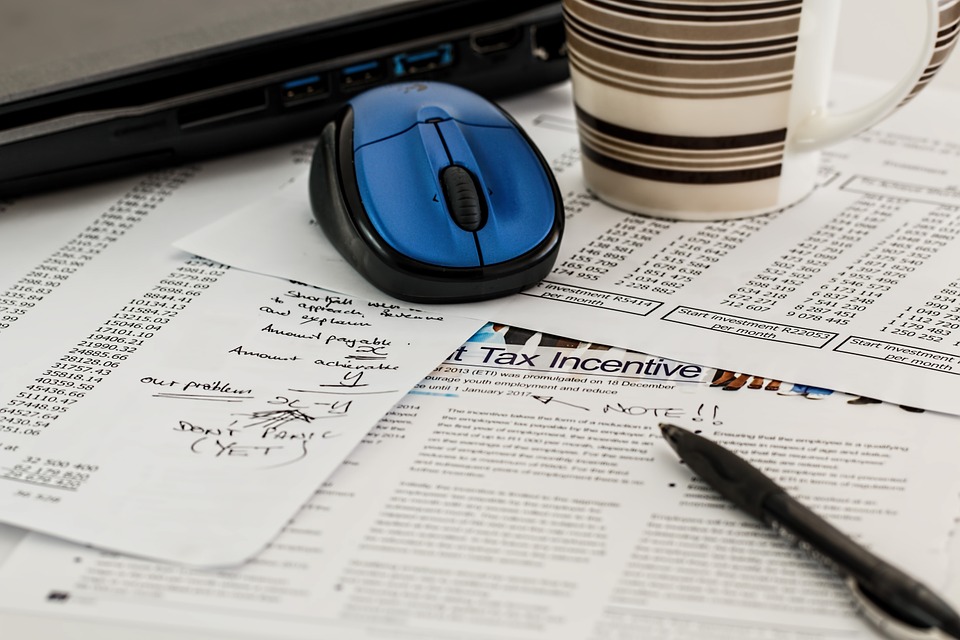When it comes to building a business, health insurance is often a concern. Entrepreneurs who venture off on their own sometimes leave a great health insurance plan behind when they do so. For many aspiring entrepreneurs, this risk is one of the main limitations that prevent them from pursuing their passion.
There are complexities that small business owners with employees will face that will never be an issue for one-person organizations. Figuring out how to offer health insurance, and what’s required in this politically tumultuous time, can be confusing and overwhelming. That’s why so many small business owners are using a broker and a private health exchange.
Using a Broker :
First of all, let’s look at why so many small businesses choose to use a broker when it comes to health insurance. Researching options and trying to understand the insurance industry jargon can be an absolute nightmare. As a business owner, you wouldn’t tell clients seeking your expertise to handle their business themselves. People come to you because you’re an expert in your field. Why wouldn’t you do the same?
A broker can do the research, and understand what is being offered. They can translate the industry language into something you can understand and process, and make recommendations based on your needs. They save you time and money, not only finding something that works for you but helping with the enrolment process. In a nutshell, health insurance procuration is something you can delegate while you focus on operating your business.
What is a Private Exchange?
When told to consider a private exchange program, small business owners often ask the same question: “how does a private exchange work?”
Private exchanges are a flexible approach to group health insurance that allows employees to pick and choose aspects from various health plans to fit the allocated budget. Employers and small business owners get control over their contribution and, with a broker, find something that fits their budget upfront.
Rather than being presented with one option, employees can choose from a wider range of plans. So if Jim in sales has different health coverage needs than Pam in reception, they can choose different plans that suit their individual requirements. If their needs extend beyond what you have budgeted for, they simply pay the difference in premiums themselves.
When you use a broker to procure health insurance through a private exchange, you don’t have to deal with multiple bills from multiple providers. Rather, everything is consolidated and billed to you directly through the broker on one convenient invoice.
Political and Business Considerations :
There has been a lot of back and forth about the Affordable Care Act (ACA) and President Trump’s proposed redactions and changes. Many of these changes won’t take place until late this year or early 2019. For now, the same Essential Health Benefits (EHBs) apply. These benefits include things like emergency services, ambulatory care, prescription drugs, prenatal and postnatal care, etc.
While it is possible that changes are coming in the near future, for now, it is best to go with what you know. Working with a professional broker can help you navigate the murky waters and better explain how proposed changes will impact your small business, what you can do to prepare, and how things will work in the meantime.
As a small business operator, a lawsuit resulting from not properly adhering to what is expected of you regarding insurance can break your business. Unlike other options, like Professional Employer Organizations (PEOs) you still have complete control over other aspects of your business with a private exchange. Private exchanges are not only convenient for you and your employees but help you cover your assets.
Read Also:






















